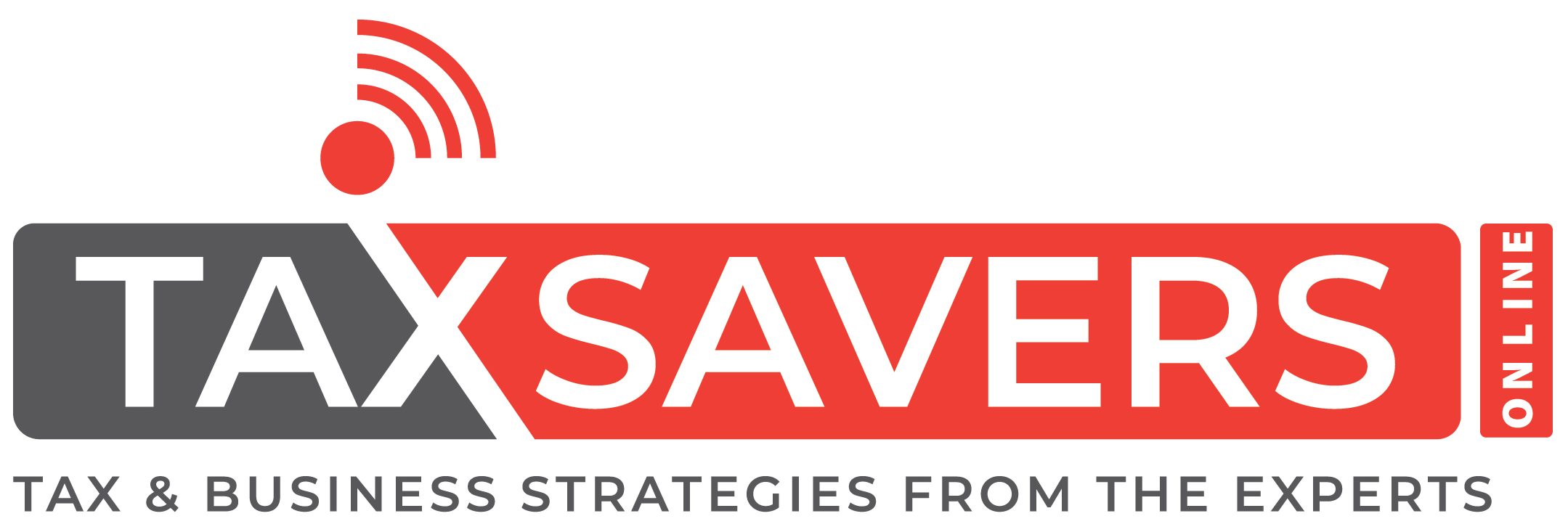For many individuals who belong to a co-op, you are probably used to receiving a 1099-PATR, and you probably give it to your accountant thinking they know what to do with it. Never asking the question “are all patronage dividends the same?”
Most tax professionals will list it as miscellaneous income on a schedule F or other income on form 1040, but that is not always where it should go. There are two different ways patronage dividends are taxed and one where they are not taxed at all. The most common is to assume that the dividends were earned purchasing everyday materials or supplies used in a business operation. In this case, it is taxed as ordinary income on a business return most commonly schedule F. If the dividends were earned purchasing a capital asset (tractor, combine), it should not be reported as income but used to reduce the cost of the asset and reducing the depreciation taken every year the asset is in use.
The one case where the dividends are exempt from tax is when they are earned from purchases for personal or family use (you know that four-wheeler you bought for the kids but never use yourself). The dividends are not taxed because the purchase was never deducted from your income making the money spent already taxed.
So, this year remember to let your accountant know if any of your patronage dividends were earned for personal and family purchases, so we can save you a little green.
Contents
What are Patronage Dividends?
Patronage dividends are a form of profit-sharing that are distributed by cooperative organizations to their members. In a cooperative, members pool their resources to collectively purchase goods or services, and the profits earned by the cooperative are distributed among the members based on their patronage or usage of the cooperative.
Patronage dividends are typically calculated based on the amount of business that a member has done with the cooperative during a specific period of time. For example, a member who has purchased more goods or services from the cooperative will typically receive a larger patronage dividend than a member who has purchased less.
Patronage dividends are different from traditional dividends paid by corporations to their shareholders, as they are not based on the number of shares owned but rather on the member’s usage or patronage of the cooperative. They are also typically paid out in the form of cash or credits that can be used to purchase goods or services from the cooperative.
Patronage dividends are an important feature of cooperatives, as they help to align the interests of the cooperative with those of its members and provide a financial incentive for members to continue doing business with the cooperative.
Patronage Dividends Tax Treatment
Patronage dividends are treated differently for tax purposes than traditional dividends paid by corporations to their shareholders.
Under US tax law, patronage dividends paid by a cooperative to its members are generally treated as a return of the member’s investment in the cooperative and are therefore not taxable as income. Instead, they are considered to be a reduction in the cost basis of the member’s investment in the cooperative.
However, if the amount of the patronage dividend exceeds the member’s investment in the cooperative, the excess amount is treated as taxable income. This excess amount is typically reported on the member’s tax return as ordinary income and is subject to federal income tax.
In addition, if a member receives a patronage dividend from a cooperative that operates in multiple states, they may be required to file state income tax returns in each state where the cooperative does business.
It is important for members of cooperatives to keep accurate records of their patronage dividends and consult with a tax professional to ensure that they are properly reporting their income and taking advantage of any available tax deductions or credits.
Where to Report Patronage Dividends on 1040?
Patronage dividends received from a cooperative should be reported on the member’s individual income tax return using Form 1040.
If the patronage dividends are not taxable, they should be reported on Line 6a of Form 1040 as a nontaxable amount. The member should also report the total amount of patronage dividends received on Line 6b of Form 1040.
If the patronage dividends are taxable, the member should report the taxable amount on Line 1 of Form 1040 as part of their total income for the year. The member should also report the total amount of patronage dividends received on Line 6b of Form 1040.
In addition to reporting the patronage dividends on Form 1040, the member may also be required to file other tax forms, such as Schedule E or Schedule C, depending on the nature of their business or investment in the cooperative. It is recommended that members consult with a tax professional for guidance on how to properly report their patronage dividends and any other income related to their cooperative membership.




